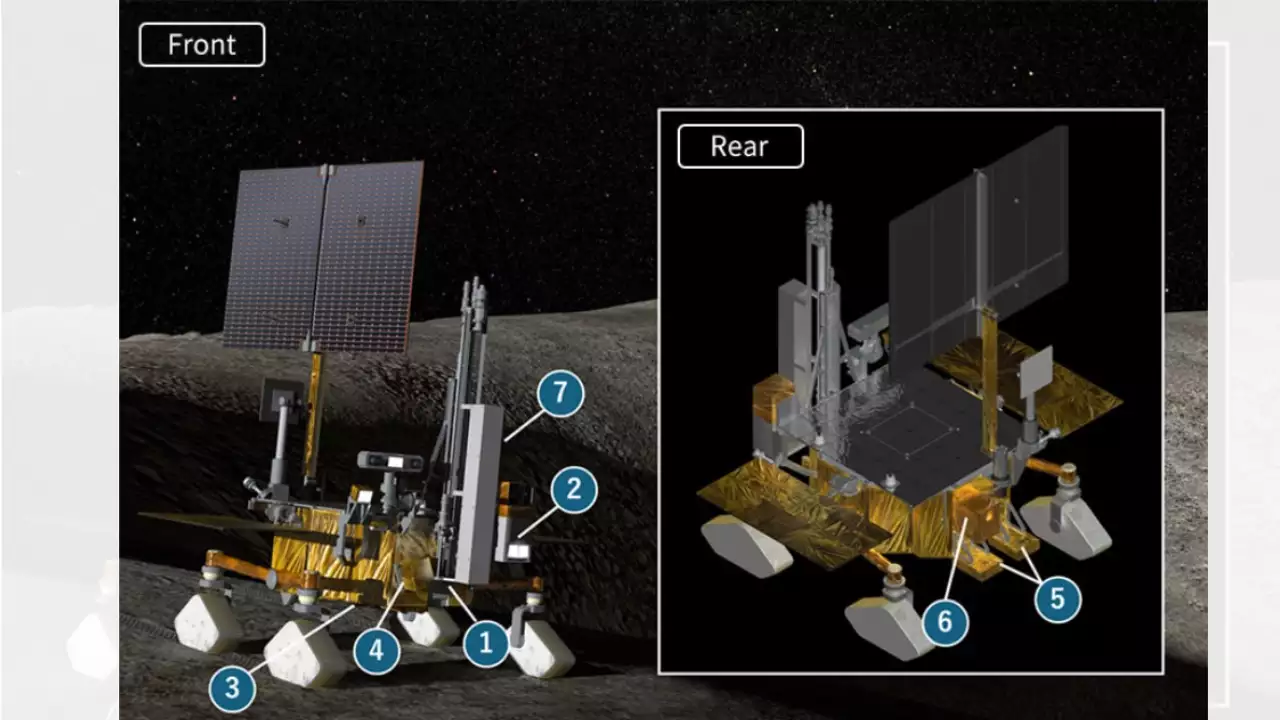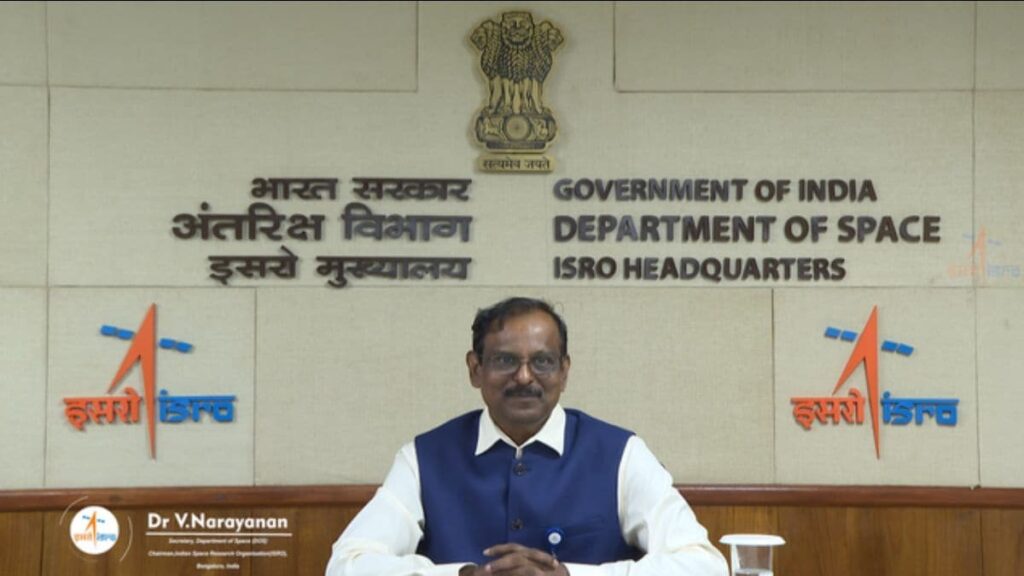Now Reading: India’s Ambitious Chandrayaan-4 and Lupex Missions: A Leap for Lunar Exploration
-
01
India’s Ambitious Chandrayaan-4 and Lupex Missions: A Leap for Lunar Exploration
India’s Ambitious Chandrayaan-4 and Lupex Missions: A Leap for Lunar Exploration

India’s space exploration journey is about to take a giant leap with the upcoming Chandrayaan-4 mission, aimed at bringing lunar samples back to Earth. As part of the plan, ISRO will also work alongside Japan on the Chandrayaan-5 mission, also known as Lupex, to explore the Moon’s south pole.
Chandrayaan-4: India’s Lunar Sample Return Mission
Scheduled for launch in the near future, Chandrayaan-4 is set to become India’s most ambitious lunar mission yet. With a mass of approximately 9,200 kg, the mission is significantly heavier than its predecessor, Chandrayaan-3, which weighed just 3,900 kg. This mission will aim to soft-land near the Moon’s south pole, gather samples from the surface, and return them to Earth for scientific analysis.
Due to the size of the mission, ISRO will need to conduct two separate launches using the LVM-3 vehicle. This will involve launching two modules in one stack and three modules in another stack, with a one-month gap between the two. Once in orbit, these modules will undergo multiple dockings and undockings before reaching the Moon.
The Mission Sequence: Docking and Lunar Exploration
The mission’s architecture includes several critical steps. Following the two launches, the initial docking of the modules will happen in Earth orbit. Afterward, a propulsion module will guide the spacecraft toward lunar orbit, with separation occurring when the spacecraft is about 100,000 km from the Moon.
Once in lunar orbit, four modules will remain, and two will separate to land on the Moon. After collecting the lunar samples, one of these modules will return to lunar orbit, where it will dock with the remaining modules. The re-entry module will then carry the samples back to Earth.
ISRO chairman V. Narayanan highlighted that the mission will require the development of several new technologies, including advanced propulsion systems, specialized payloads, and robotic arms for sample collection. According to Narayanan, work on these systems is already underway.
Lupex: India’s Collaboration with Japan
The Chandrayaan-5 mission, also known as Lupex, is a joint venture between India and Japan. The mission will focus on lunar exploration, particularly the Moon’s south pole, and is expected to carry a significant payload. The spacecraft’s landing mass will be around 6,200 kg, while the rover will weigh between 350-400 kg—much heavier than the 26 kg rover from Chandrayaan-3.
For this mission, Japan will be in charge of developing and operating the launch vehicle and rover, while India will take responsibility for the lander. In addition to instruments developed by Indian and Japanese teams, the mission will also carry instruments from the United States and Europe.
Payloads for the Lupex Rover
Japan’s space agency JAXA recently provided updates about the payloads onboard the Lupex rover. The rover will carry seven main scientific instruments, including:
- Resource Investigating Water Analyser (REIWA): This will include the Lunar Thermogravimetric Analyser (LTGA), Triple-reflection Reflectron (Triton), Aquatic Detector using Optical Resonance (ADORE), and the ISRO Sample Analysis Package (ISAP).
- Advanced Lunar Imaging Spectrometer (ALIS): For imaging and analyzing lunar surfaces.
- Neutron Spectrometer (NS): To study the Moon’s composition.
- Exospheric Mass Spectrometer for Lupex (EMS-L): To study the lunar exosphere.
- Ground Penetrating Radar (GPR): For mapping the Moon’s subsurface.
- Mid-Infrared Imaging Spectrometer (MIR): To study the Moon’s thermal properties.
- Prathima (Permittivity and Thermophysical Investigation for Moon’s Aquatic Scout): To analyze lunar surface materials.
Challenges and Future Steps
Both the Chandrayaan-4 and Lupex missions present significant challenges, from launching two separate stacks for Chandrayaan-4 to developing a heavier lander engine for Lupex. However, ISRO is well-equipped and already working on the required technologies. The ongoing collaboration with JAXA and contributions from international partners will certainly bolster the mission’s success.
What’s Next for India’s Lunar Exploration?
India’s growing capabilities in space exploration are evident in these upcoming missions. As Chandrayaan-4 works toward the goal of returning lunar samples and Lupex embarks on a mission with a significant international collaboration, India is taking significant strides in the quest to better understand the Moon.
The road ahead will see innovations in propulsion, robotics, and lunar science. As these missions progress, they will not only advance India’s space ambitions but also bring us closer to unlocking the Moon’s many mysteries.
Looking Forward
Will India’s Chandrayaan-4 and Lupex missions change our understanding of the Moon? Share your thoughts with us, and stay tuned for more updates on these groundbreaking projects!





















